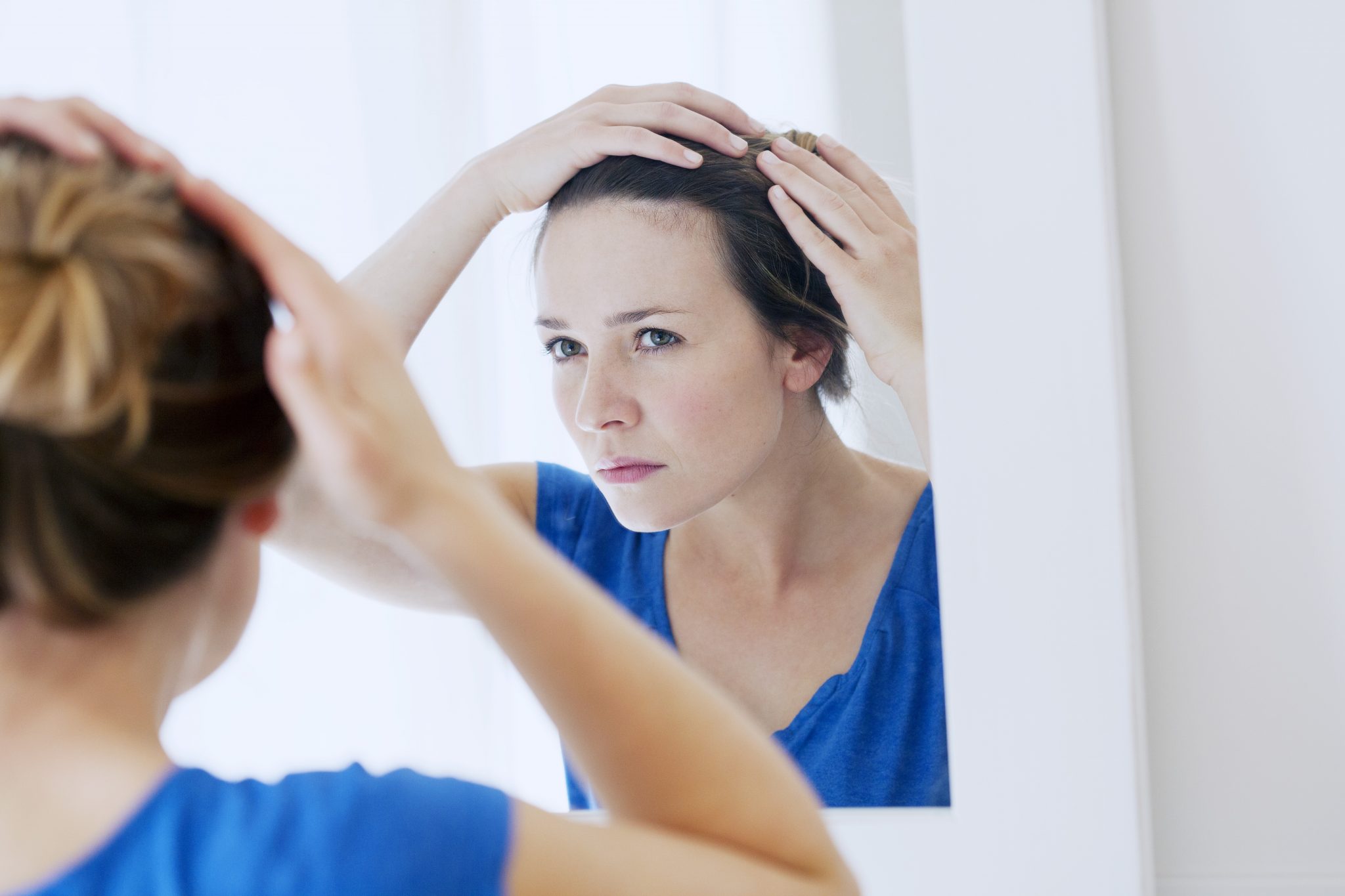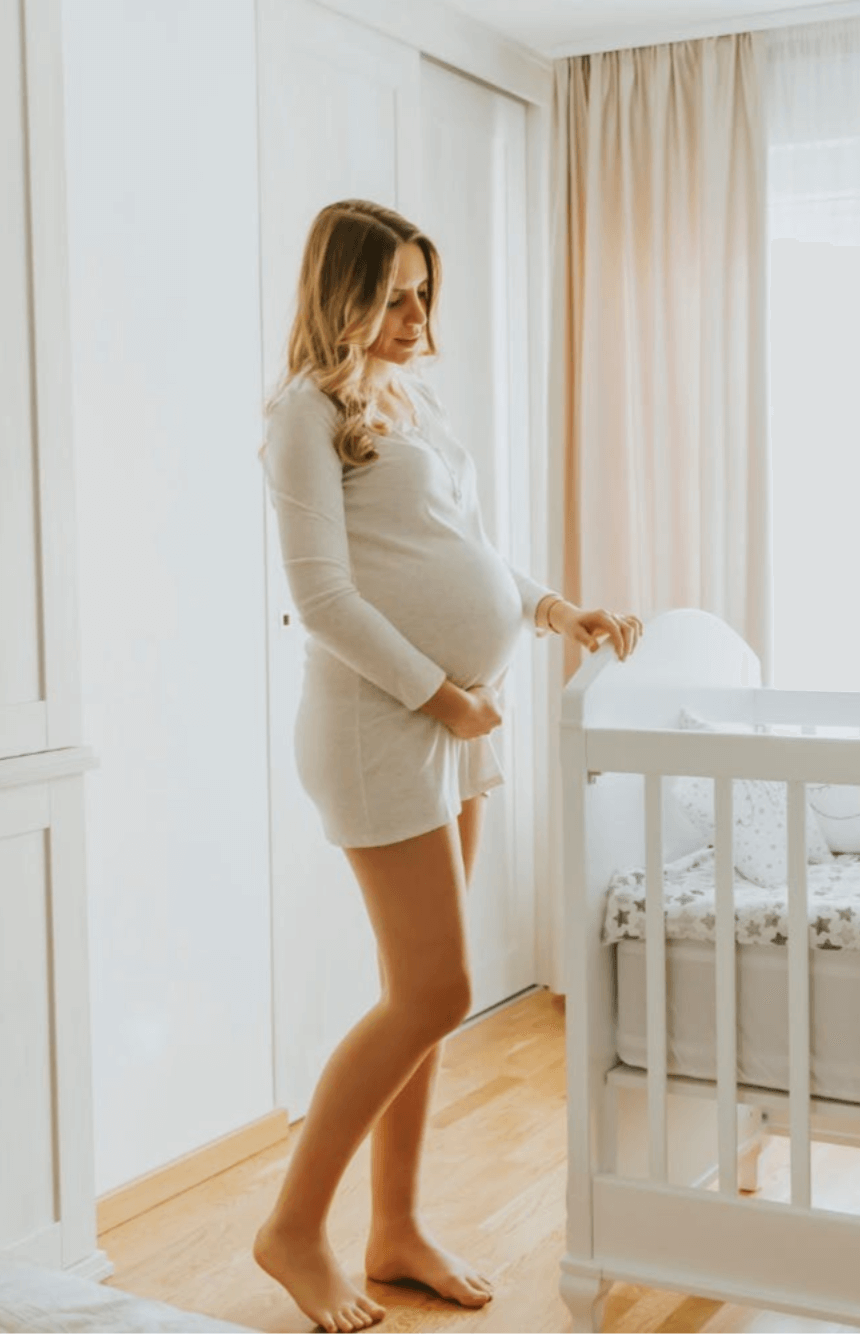
Acupuncture Improves Hair Loss for Women and Men
It might be a little known fact that hair loss can impact both men and women. According to Jiang & Lui (2006, p. 32), “Forty million men and 20 million women are affected by hair loss in the United States and approximately two out of every three men are affected by hair loss at some stage of their lives”. Needless to say, this could affect many people in your lives! There are a myriad of reasons why hair loss happens, but it might be reassuring to know that different acupuncture treatments and herbs are actually conducive to hair loss improvement (Lourith & Kanlayavattanakul, 2013).
The reason is this: the majority of individuals experiencing hair loss fall within the non-scarring alopecia category (Jiang & Lui, 2006). This means that the overwhelming majority actually have hair follicles with the possibility for regrowth. One of the best ways to help trigger regrowth is through acupuncture. An acupuncturist has the skills and knowledge to pinpoint hair loss reasons and naturally reactivate healthy hair follicles. Overall, hair loss does not have to be permanent, and acupuncture is a totally viable solution. Here at Naturna, we encourage our patients to discuss their hair loss with our acupuncturists and examine the different factors, such as diet, symptoms/habits, and specific pattern/progression of the hair loss to co-create a plan that works for your benefit.
Diet
- Diet can be one of many reasons contributing to hair loss. Jiang & Lui (2006) discuss how excessively consuming spicy foods correlates to heating up blood and that consequently induces and/or increases hair loss.
- There are a number of ways to identify this reason; for example, excessive thirst, itchy scalp, or the tongue is reddish and/or pulsating quickly?
Obstruction of blood flow
- Any obstruction to blood flow can contribute to hair loss. For example, inflammation of mast cell degranulation can cause blockage that can be alleviated through acupuncture (Maeda, Taniguchi, Matsuzaki, Shingaki, Kanazawa, & Muyata, 2013). Acupuncture increases blood circulation, which can stimulate blood flow around the scalp and reactivate healthy hair follicles (Hye, Ji, Ju, Hyun-ja, Hyun-Suk, & Myeong, 2015). A Pacific College study (2017) found that 14 days of acupuncture sessions showed signs of decreased inflammation and hair loss improvement; the results displayed a positive correlation between acupuncture and hair loss improvement.
- Also, electro-stimulation has shown to decrease inflammation, increase blood circulation, and remove blockages (Maeda et la., 2013). Electroacupuncture is a relatively new and effective addition to the ancient practice of acupuncture. This technique utilizes a pulsating electrical current that delicately stimulates with a diminutive vibration. Electro-stimulation can be an option to enhance the positive effects of acupuncture.
- There are a number of ways to identity this reason; for example, history of migraines, discomfort feeling from the bald(ing) spots, and attenuated and deep tongue pulse.
Deficiency of blood
- Blood deficiency can be identified by hair loss occurring from simple and light touch. An individual’s complexion could be washed out and their tongue may have a weak pulse. Jiang & Lui (2006) also mention that another identifier is experiencing noticeable hair loss on other sections of the body (not just the scalp).
Plum-blossom needling
- This needling technique is arguably the most effective approach for achieving healthy hair regrowth. The plum-blossom needle lightly taps around the desired bald(ing) scalp areas. This process will induce slight pain and bleeding; the flushing of the areas indicates that the needling is being tapped appropriately, which will optimal results. Also, fresh ginger is recommended to be directly applied to the needled areas right after.
Visit our upper east side acupuncture NYC clinic for more information.
References:
Hye, L. Ji, J. Ju, L. Hyun-Ja, L. Hyun-Suk, L. & Myeong, L. (2015). Acupuncture for treating alopecia areata: A protocol of systematic review of randomized clinical trials. BMJ Journal, 5.
Jiang, W., & Liu, W. (2006). The treatment of alopecia with acupuncture and related techniques. The Journal of Chinese Medicine, 82, 32.
Lourith, M. & Kanlayavttanakul, N. (2013). Hair loss and herbs for treatment. The Journal of Cosmetic Dermatology, 3, 210 – 22.
Maeda, T. Taniguchi, M. Matsuzaki, S. Shingaki, K. Kanazawa, S., & Muyata, S. (2013). Anti-inflammatory effect of electroacupuncture in the C3H/HeJ mouse model of alopecia areata. Acupuncture in Medicine, 31, 117-119.


